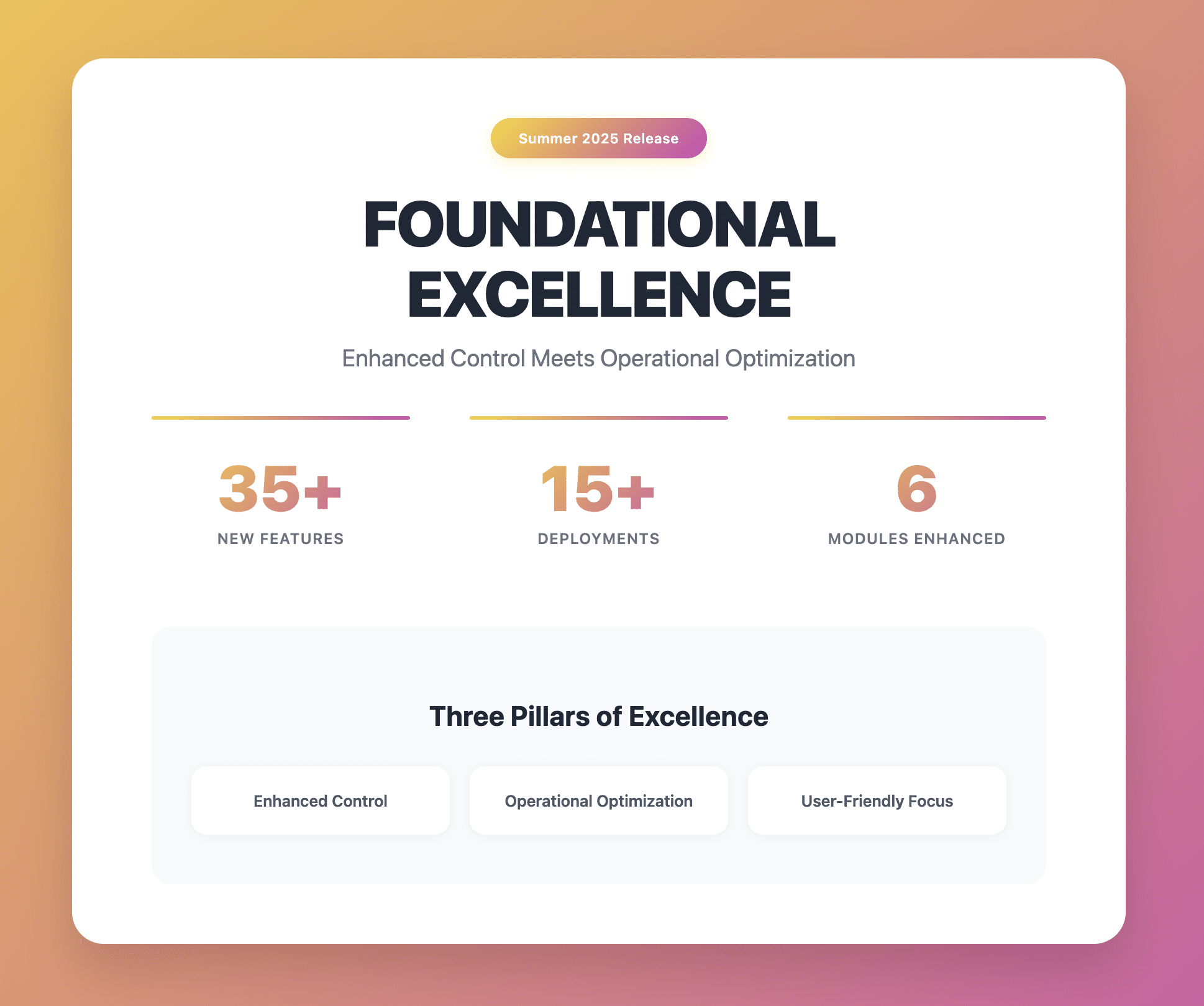Whether you’ve first heard of Project Loon back when it was announced in June 2013, or only picked up on it from recent news, it’s time to get updated on the long and the short of Project Loon. A conception by Google to provide Internet for everyone, 2016 is proving to be a very exciting year for the project, so read on to get yourself caught up.
What is Project Loon?
Obtaining its name from balloons (and how loony the idea is), Project Loon aims to make Internet accessible to everyone in the world through a network of balloons in the stratosphere. Acting as routers in the sky, the balloons will provide fast 4G LTE connections to anyone with a smart phone.
Loon takes the form of a helium balloon, with its inflatable envelope made from three millimeter-thin sheets of polyethylene plastic. The fully inflated balloon measures 15 meters wide and 12 meters tall. Working on solar energy, the inside of Loon is fitted with solar panels in the form of flexible plastic laminate, supported by a lightweight aluminum frame.
Underneath the inflated balloon hangs a small electronics box, containing circuit boards to control the system, radio antennas to communicate with the balloon network and Internet antennas on ground, and lithium ion batteries to store solar power.
How does it work?
To create a large Internet network of balloons, Loons are pumped with helium and sent to the stratosphere, above weather and commercial airplanes. Because the winds in the stratosphere are stratified with various speeds and direction, Loons utilize software algorithms to navigate and determine which layer of wind will move them in the right direction. To move up and down, the envelope inflates and deflates.
As they form a mesh-like network 20km above the surface of Earth, each Loon provides Internet connectivity using LTE, made possible through partnerships with regional telecommunications companies. These service providers share their cellular spectrum, beaming LTE signals to the Loons which in turn relay the signal to a ground area of about 80km. Download speeds are said to reach up to 10 megabits per second, giving the providers access to higher speeds and better data service.
Why does it matter?
While we may think that Internet is accessible to the global community, the truth is, in fact, far from that. According to Project Loon’s study, about two-thirds of the world’s population (about 4.3 billion people) have no access to the Internet, with most of them located in rural and remotes areas where it is difficult to get coverage. With fast, accessible and economic connectivity, Project Loon is designed to bring the rest of the population online, as well as provide connectivity in disaster-hit sites. Connecting the world’s population could also mean an expansion of educational and economic opportunities.
Who is behind Project Loon?
Project Loon is developed by X, a semi-secret research and development lab helmed by Google. X came into existence in 2010, their first project being the Google driverless car. Other major projects in development include Project Wing and Project Glass (Google Glass).
Where has Project Loon been tested and where will it be implemented?

Since its announcement in June 2013, Project Loon had its pilot test in a rural area of New Zealand. Subsequent tests were carried out in New Zealand, Central Valley in California, and Northeast Brazil.
On February 26 this year, Project Loon presented their auto launcher in Puerto Rico. Dubbed the Chicken Little, it is a custom-built, 55 feet tall auto launch crane that can fill, lift and launch Loons in under 30 minutes.
As of now, Project Loon has clinched agreements with Indonesia and Sri Lanka for implementation, with the former likely to be the first Project Loon deployment area. The Project is also in talks with India for an arrangement.
When will Project Loon’s service be available?
X has not released a definite date for full-scale implementation of Project Loon, citing that “it’s too early to say”. However, with test flights expanding globally and talks with telecommunications companies this year, we expect to experience Project Loon in the near future.








